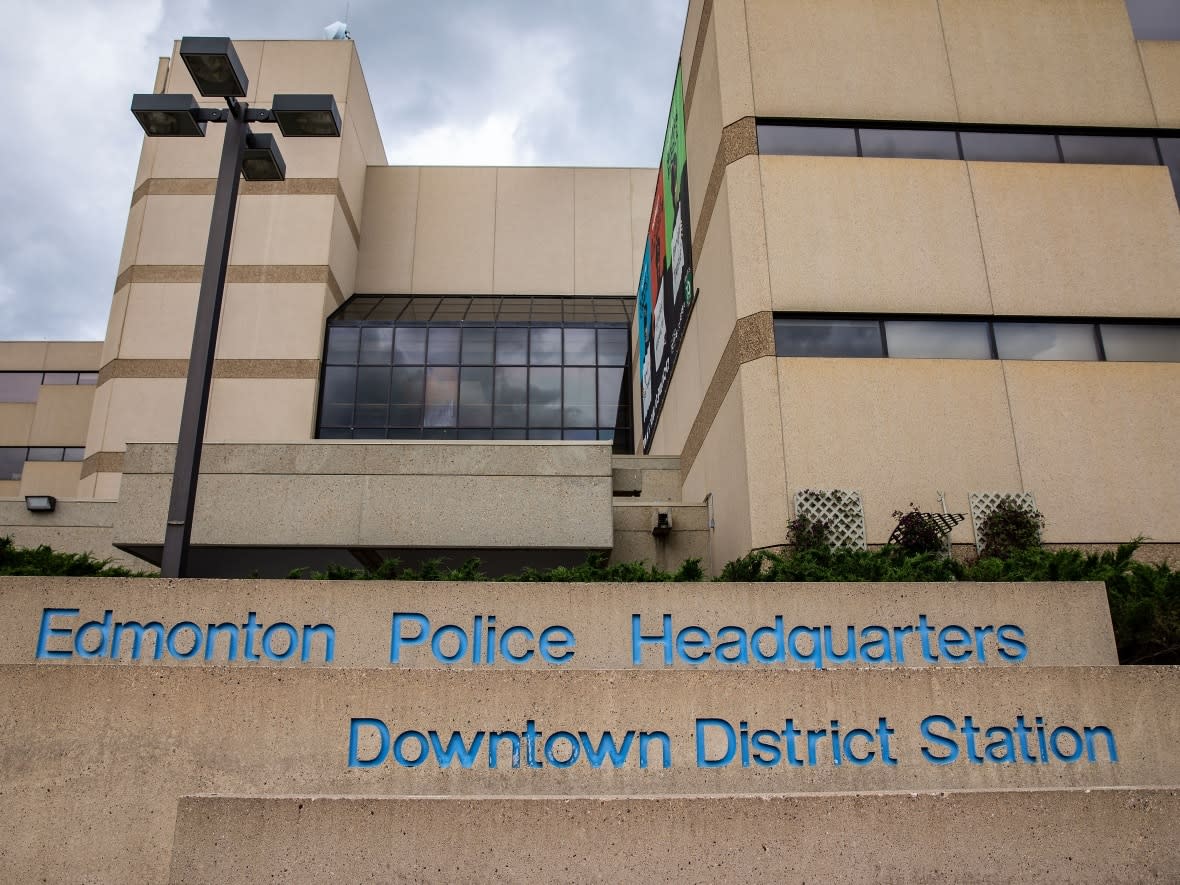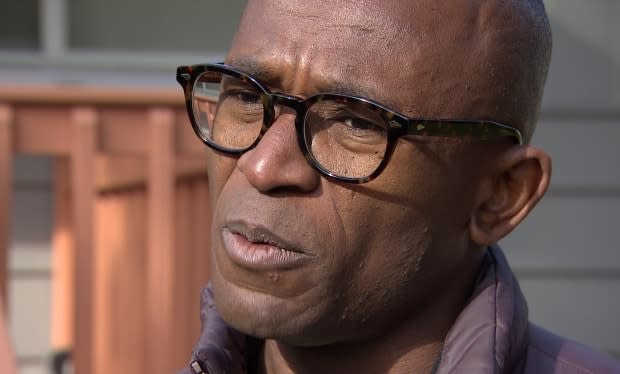Edmonton police issue apology for controversial use of DNA phenotyping

The Edmonton Police Service has issued an apology for publicizing the use of DNA phenotyping in attempting to identify a sexual assault suspect.
Earlier this week, on Tuesday, Edmonton police released information and held a news conference about the use of phenotyping — predicting physical appearance and ancestry using unidentified DNA evidence — in a brutal 2019 sexual assault.
A police investigation was unable to find any witnesses, CCTV, public tips or DNA matches and police said they turned to Virginia-based Parabon NanoLabs as a last resort.
Police paid Parabon $1,700 for the service.
The news release included an image, since removed from the EPS website and social media, that shows a computer-generated visual of a Black man with short hair alongside information describing a person of East African descent.
It was widely criticized as racist on social media.
On Thursday, EPS posted a statement on its website from Enyinnah Okere, chief operating officer for its Community Safety and Well-being Bureau, taking responsibility for the news release.

In the statement, Okere said the police service failed to balance the potential investigative value with the risks and unintended consequences for marginalized communities.
"The potential that a visual profile can provide far too broad a characterization from within a racialized community and in this case, Edmonton's Black community, was not something I adequately considered," he said.
He said police had tried to qualify the benefits and limits of the technique. In the Tuesday news release, police had pointed out that phenotype composites only produce scientific approximations of appearance not likely to be exact replicas.
"We have heard legitimate external criticism and we have done our own gut checks internally to determine whether we got the balance right — and, as a leader, I don't think I did," Okere said at a news conference Thursday.
"While the tension I felt over this was very real, I prioritized the investigation — which in this case involved the pursuit of justice for the victim, herself a member of a racialized community, over the potential harm to the Black community. This was not an acceptable trade-off and I apologize for this."
Okere said EPS is taking steps in response, including removing the visuals from its website. The police service will review internal processes to better inform decisions going forward, he said.
"We got that wrong and that's something that we're going to learn from moving forward," Okere said as he admitted he received a lot of pushback from the community.
Okere did not rule out the future possible use of phenotyping in other cases.
'That image looks like people I know'
University of Alberta law Prof. Ubaka Ogbogu said he was surprised by the apology, but said that in his opinion, it showed a lack of self-awareness on the part of the police service.

"It's not an apology. It's an explanation of why they did it," Ogbogu told CBC News. "What you've done is you've impacted the Black community as a whole … that image looks like people I know."
Ogbogu said he doesn't think that removing the image from the Edmonton police website will reverse the harm that's already been done, especially since the story made international news.
"It reinforces the view that Black people commit these crimes and that any generic Black man could be yanked from the streets and accused of doing something they didn't do," Ogbogu said.
"It's reckless in a lot of ways."


